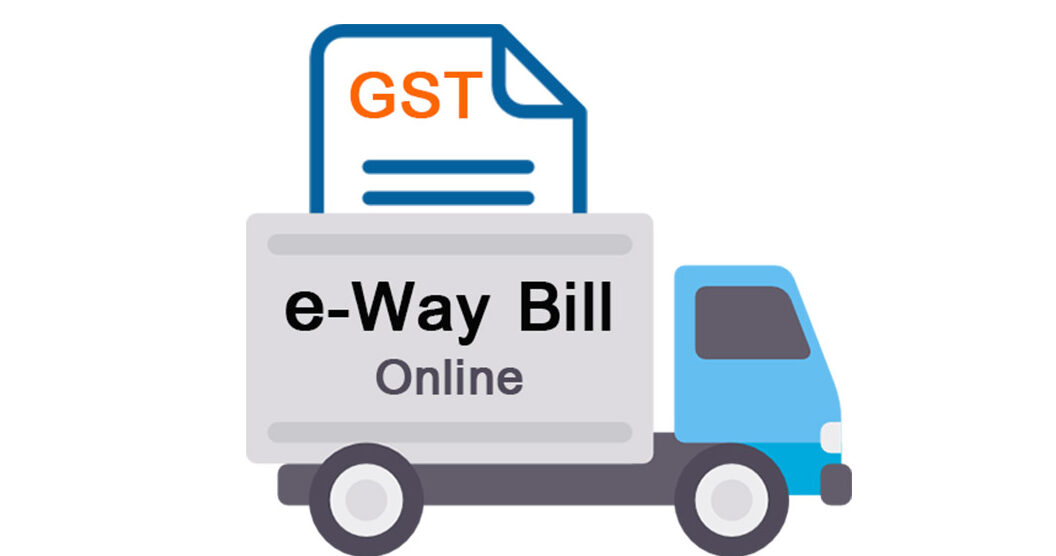The introduction of the Goods and Services Tax (GST) brought many reforms—including the e‐Way Bill system, a key mechanism to track the movement of goods across India. This guide explains the central provisions under the CGST Act and the CGST Rules, 2017, outlines how West Bengal has adapted these rules for local compliance, and includes a direct excerpt from Section 129 of the CGST Act.
1. The E‐Way Bill System: A Brief Overview
An e‐Way Bill is an electronic document generated on the GST portal prior to the movement of goods. It serves as proof that the consignor or transporter has complied with GST requirements. Under Section 68 of the CGST Act and Rule 138 of the CGST Rules, 2017, any registered person responsible for moving goods worth over ₹50,000 must generate an e‐Way Bill. The document includes:
- Part A: Details such as the GSTIN, delivery address, invoice number and date, and the goods’ value and HSN code.
- Part B: Transportation details, including the vehicle number and transporter information.
Once generated, the e‐Way Bill number must accompany the consignment for the entire journey, ensuring transparency and helping reduce tax evasion.
2. Key Provisions of the CGST Act & CGST Rules, 2017
Who Must Generate an E‐Way Bill?
- Registered Entities: The supplier, recipient (if registered), or the transporter may generate the bill.
- Unregistered Entities: The responsibility falls on the registered party if an unregistered person is involved.
Validity and Update Mechanisms
The validity of an e‐Way Bill depends on the distance the goods travel. If there is any change in transport details (for example, a vehicle change), only Part B of the bill may be updated, while the key shipment details in Part A remain fixed.
Exceptions
Certain scenarios—such as the movement of goods by non-motorized vehicles or transfers meant solely for customs clearance—may be exempt from the e‐Way Bill requirement.
3. West Bengal GST (WBGST) and E‐Way Bill Provisions
Historically, West Bengal had a higher threshold for intra–state shipments (₹1,00,000) compared to the central limit. However, recent notifications have aligned the state’s rules with the central standard of ₹50,000. This change ensures consistency across intra–state and inter–state movements and tightens compliance to curb tax evasion.
4. A Closer Look: Quoting Section 129 of the CGST Act
Section 129 of the CGST Act deals with the detention, seizure, and release of goods and conveyances in transit when there is non-compliance with the Act or its rules. This is particularly relevant if an e‐Way Bill is not generated or if discrepancies exist in the required documentation. A key excerpt from Section 129 reads as follows:
Section 129(1):
“Notwithstanding anything contained in this Act, where any person transports any goods or stores any goods while they are in transit in contravention of the provisions of this Act or the rules made thereunder, all such goods and the conveyance used as a means of transport for carrying the said goods, and the documents relating thereto, shall be liable to detention or seizure and, after such detention or seizure, shall be released—
(a) on payment of the applicable tax and penalty equal to one hundred per cent. of the tax payable on such goods and, in the case of exempted goods, on payment of an amount equal to two per cent. of the value of goods or twenty-five thousand rupees, whichever is less, where the owner of the goods comes forward for payment;
(b) on payment of the applicable tax and penalty equal to fifty per cent. of the value of the goods reduced by the tax amount paid thereon, and, in the case of exempted goods, on payment of an amount equal to five per cent. of the value of goods or twenty-five thousand rupees, whichever is less, where the owner does not come forward for payment; or
(c) upon furnishing a security equivalent to the amount payable under clause (a) or clause (b) in such form and manner as may be prescribed.”
This provision underscores the importance of strict compliance when transporting goods under GST. Failure to generate or properly maintain an e‐Way Bill can trigger these enforcement actions, leading to delays and additional financial liabilities.
For the complete text of Section 129, interested readers may refer to the official CBIC Tax Information portal.
5. Practical Steps for Compliance
For Businesses and Transporters
- Automation:
Integrate e‐Way Bill generation with your existing ERP systems to reduce manual errors and ensure timely compliance. - Record-Keeping:
Retain digital copies of all e‐Way Bills and corresponding invoices or challans, as these are essential for audit trails. - Stay Updated:
Monitor notifications from both the central government and your state tax department to keep pace with evolving regulations.
Consequences of Non-Compliance
Failure to generate or correctly update an e‐Way Bill may result in the detention or seizure of goods and vehicles, along with the imposition of heavy penalties as outlined in Section 129. Following a “when in doubt, generate” approach can help avoid these issues.
6. Conclusion
The e‐Way Bill system is a cornerstone of India’s GST regime, ensuring transparency and efficiency in the movement of goods. By understanding both the central mandates and the state-specific nuances—such as those implemented by West Bengal—businesses can streamline operations and reduce the risk of penalties. The inclusion of Section 129’s provisions further emphasize the critical nature of compliance, as failure to adhere to these rules can have immediate and costly consequences.
Stay informed, stay compliant, and use technology to your advantage in managing e‐Way Bill requirements effectively.
This post is intended to provide a clear and professional overview of the e‐Way Bill system and related compliance measures. For detailed advice or the most up-to-date information, please consult a GST expert or refer to the official notifications.

